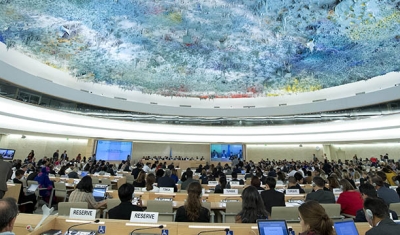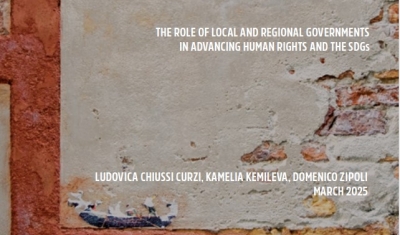Yes! There are so many!
The Rights Tracker data is focused on outcomes – how are things going in a given country? And we have data going back over 20 years, so it’s easy to see whether there has been an improvement, in, say, quality education, or freedom of speech.
Anyone monitoring progress can also see how well their country is doing compared to neighbours and other peer countries, and see where to look for ideas, policies, and initiatives to lift performance.
One important feature of our data on economic and social rights is that we use the award-winning SERF Index methodology, which measures the progressive realisation of rights under the International Covenant on Economic, Social, and Cultural Rights. So our scores answer the question: is a country currently doing all it can, given its resources?
Most governments in the world will say that they are doing their best – they’re just constrained by resources from performing better on housing or health. Our data show whether that’s the reality, or whether – as in most cases – there are improvements that a country could afford to make, right now, with its current level of income.
And just like the New Zealand Ombudsman and others are already doing, countries can watch whether their Rights Tracker scores are going up or down each year, and get pretty quick feedback on the impact of government actions on human rights – and they can build those observations into their formal reporting. For example, the impact of the National Security Law on human rights in Hong Kong showed up starkly in HRMI’s data, as civil and political rights scores plummeted, and converged on the very low scores for China.








